By Professor Tiffany Banks On Tuesday, September 30th , students from my COMM 108: Foundations…
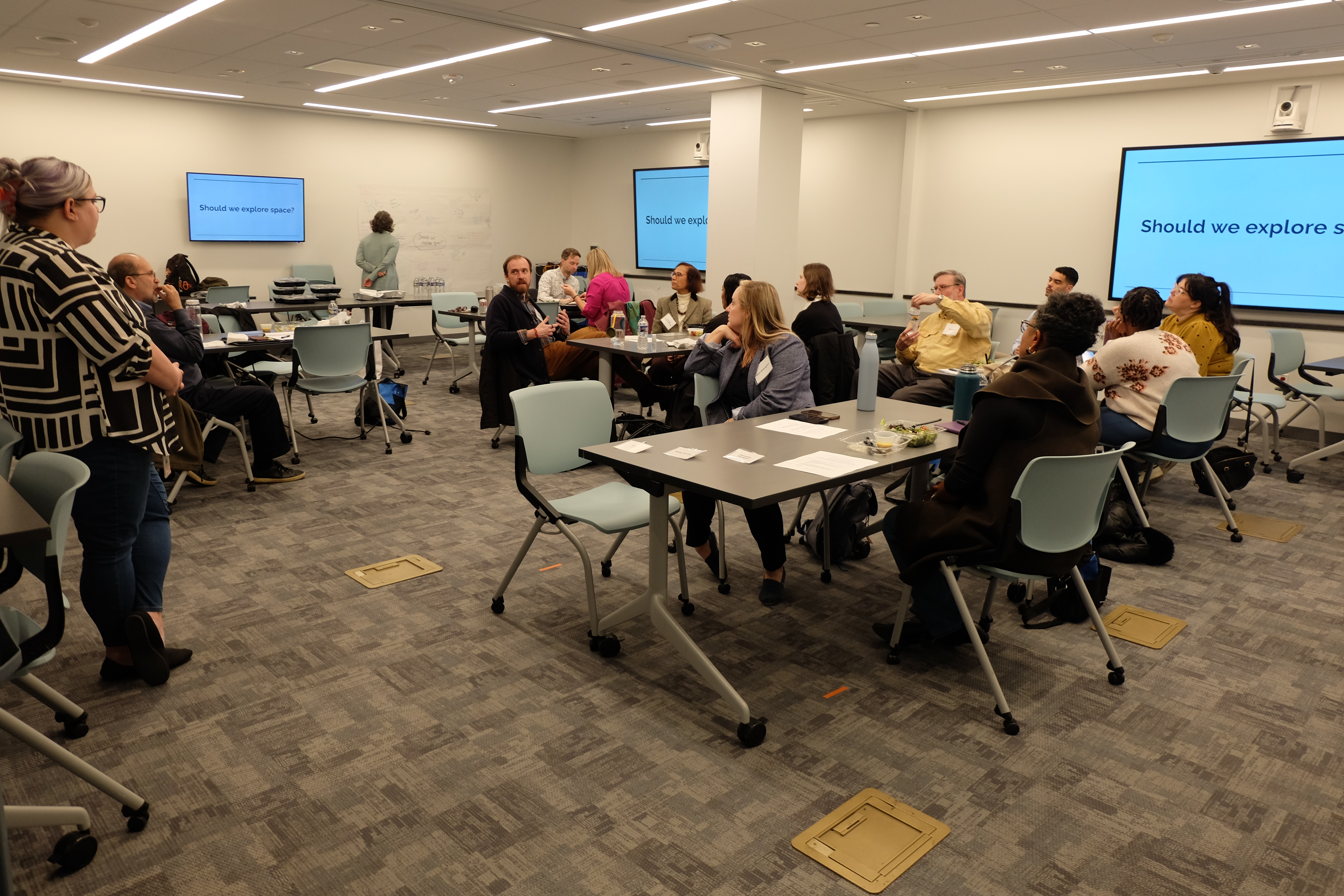
by Professor Matthew Decker
The Fellows took flight at the Smithsonian National Air and Space Museum (NASM) this past Thursday. With the capable support of Shannon Baldioli, the manager of the museum’s Youth and Teacher Programs, our exploration of all-things-space proved especially rewarding. Once a middle school history teacher, Baldioli has worked at the NASM for 12 years, playing a critical role as the educator on exhibit creation projects. She calls herself an audience advocate, and her expertise in this capacity is clearly evident in the work she prepared for us. Using a couple of Harvard’s Zero Thinking Routines, Baldioli invited the Fellows to unpack the question: “Should we explore space?” Unlike the graduate students she previously hosted, though, our answers were a bit more enthusiastic. Whether to honor a moral imperative or to promote empathy or to inspire discovery, we were relatively harmonious in underscoring, “Yes, we should!” At the same time, we are educators aware of the multifaceted nature of issue-driven questions. A few of us worried space exploration could pull focus from Earth’s needs; others questioned efforts in space tourism; topics of space colonization and resource depletion emerged as well. Fortunately, Baldioli was happy for us to sit with the push-pull of our conversation because, ultimately, she wanted us to seek out answers in the museum exhibits themselves.
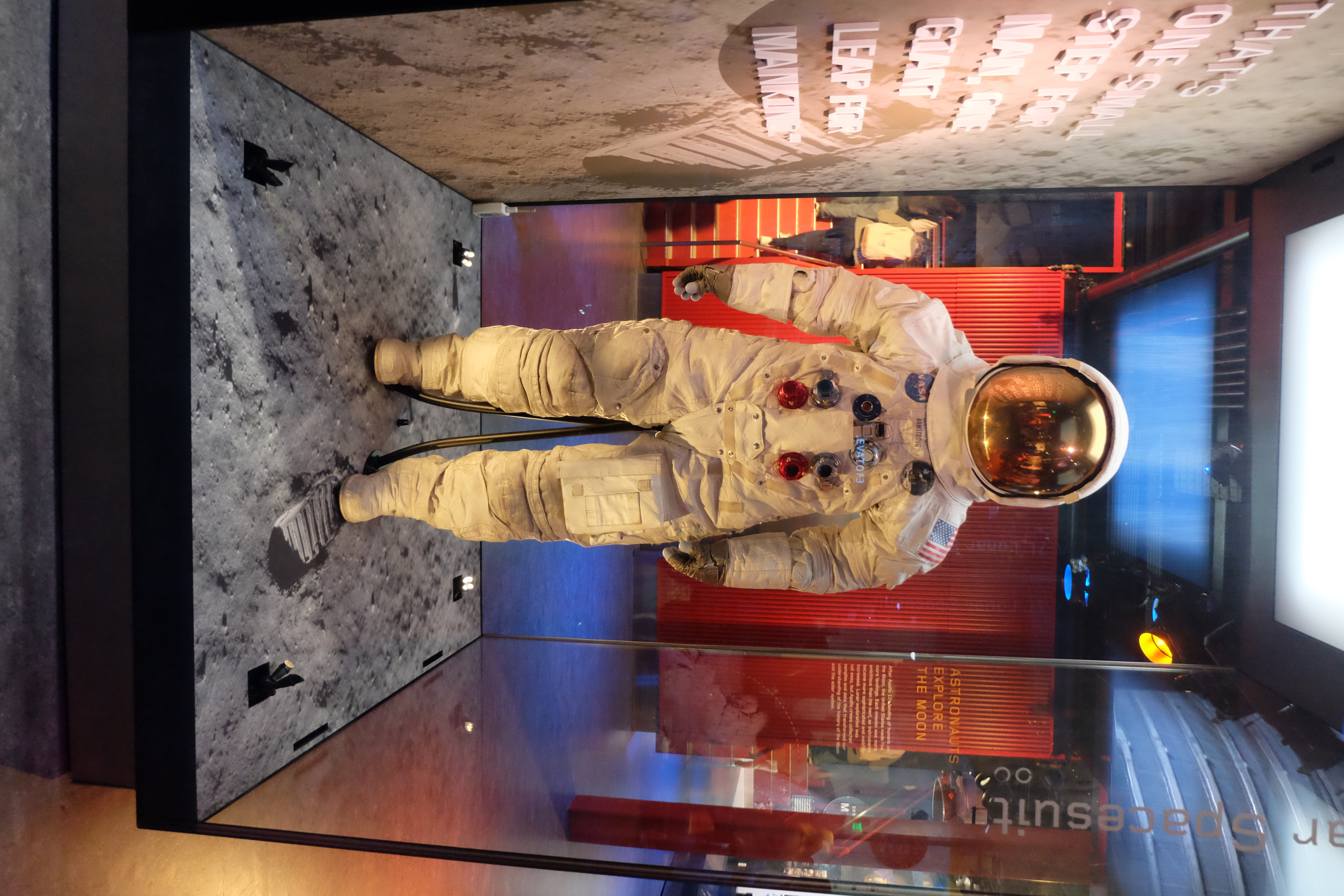 Destination Moon, Kenneth C. Griffin Exploring the Planets Gallery, and One World Connected became our rich playing grounds for making sense of our answers, finding evidence, and deepening our discussion. This time last year, my blog post focused on Destination Moon and the Kenneth C. Griffin Exploring the Planets Gallery, so I embraced the chance to chart new ground, even if it didn’t exactly spark my interest. Unlike the cohort’s beloved Economist, Basman Towfique-DeWald, I will admit that my interest in space is rather limited: I enjoy stargazing; I’ll stop everything to watch Sigourney Weaver fight aliens; and, if Andy Weir has written it, I have read it. But, satellites orbiting space? Snooze! Sorry, Basman!
Destination Moon, Kenneth C. Griffin Exploring the Planets Gallery, and One World Connected became our rich playing grounds for making sense of our answers, finding evidence, and deepening our discussion. This time last year, my blog post focused on Destination Moon and the Kenneth C. Griffin Exploring the Planets Gallery, so I embraced the chance to chart new ground, even if it didn’t exactly spark my interest. Unlike the cohort’s beloved Economist, Basman Towfique-DeWald, I will admit that my interest in space is rather limited: I enjoy stargazing; I’ll stop everything to watch Sigourney Weaver fight aliens; and, if Andy Weir has written it, I have read it. But, satellites orbiting space? Snooze! Sorry, Basman!
Fortunately, One World Connected is designed for all audiences, including fools like me. I also entered the exhibit with an open mind and a mission. I wanted the exhibit to help me answer the question: “Should we explore space?”
My exhibit-informed answer: “Absolutely!”
I want to try to pitch this exhibit visit to you first, though. Are you interested in examining the Earth as one global neighborhood? Maybe? Hmm, ok. Let me take another tack: Do you want to know how innovations in transportation, communication, and space observation connected humankind? Sure? Gah, not the enthusiasm I was looking for. Ok. One more time: Would you like to learn more about Earth’s…fragility? Yes!? Me too!
Like many of the Fellows, I voted in favor of space exploration, but I also questioned whether our financial resources might better serve those of us firmly rooted on Earth. This exhibit, whether in the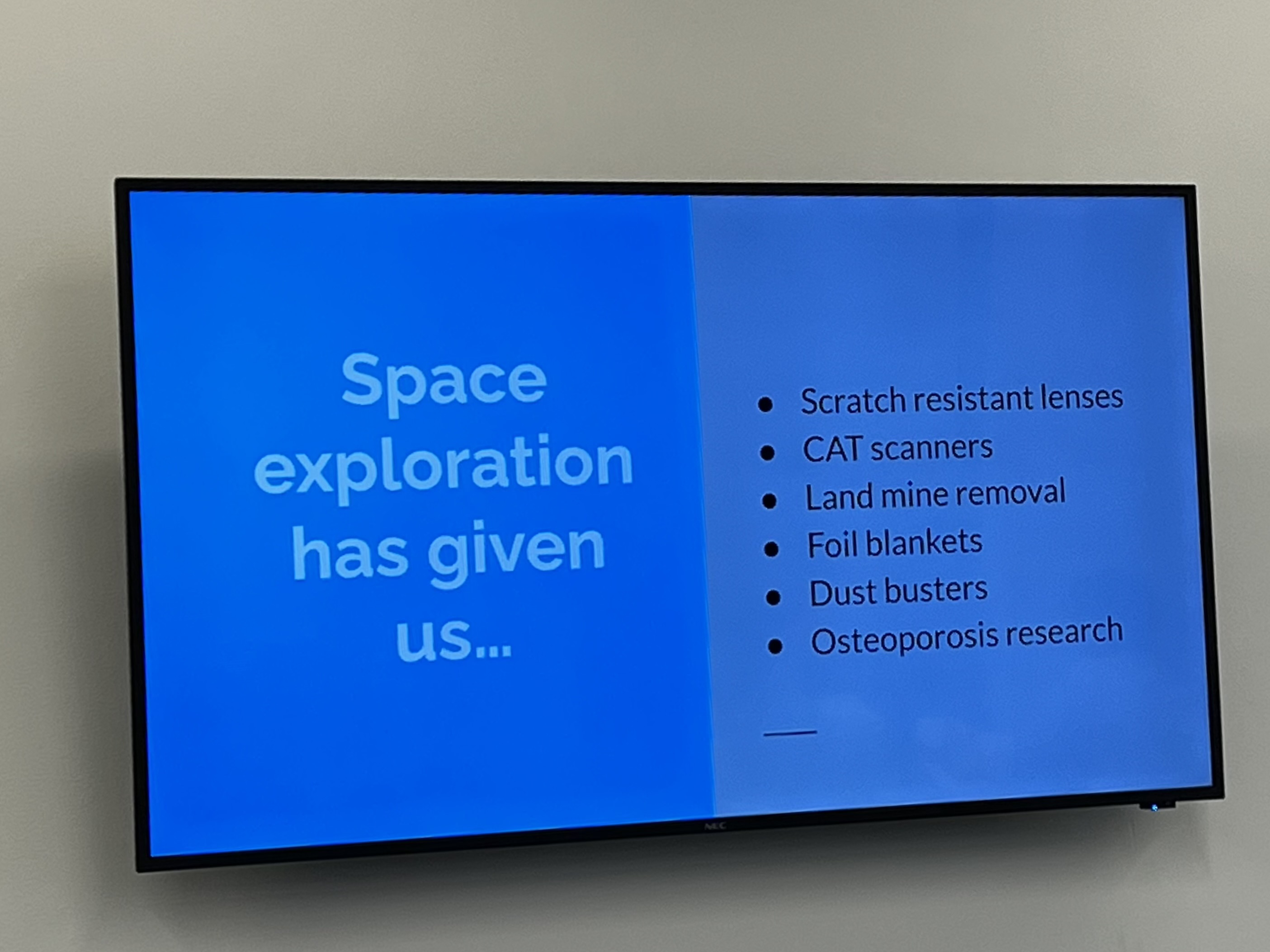 minute details of artifact labels or the big bold print of overhead titles, highlights what innovative technologies have done to illuminate our lives, connect societies, and protect Earth. For example, satellite transmissions helped The Beatles debut “All You Need Is Love” to a global audience of 400 million viewers. Satellites also helped make the case that automobile emissions were affecting the Earth’s atmosphere, which changed the car manufacturing landscape. We can and do use GPS technology to monitor bird, elephant, and shark migrations. And, similar technologies help us watch for natural disasters and notify vulnerable populations. Beyond these noble pursuits, too, some of these satellites capture simply stunning photography. Just look at examples from the Dove Satellite: the Kashagan Oil Fields; Key West, Florida; and the agriculture fields in Saudi Arabia. As one Fellow exclaimed upon our return to the NASM classroom, “We are profoundly small.” Space exploration and observation puts our vulnerability as a species into perspective and thus necessitates our stewardship.
minute details of artifact labels or the big bold print of overhead titles, highlights what innovative technologies have done to illuminate our lives, connect societies, and protect Earth. For example, satellite transmissions helped The Beatles debut “All You Need Is Love” to a global audience of 400 million viewers. Satellites also helped make the case that automobile emissions were affecting the Earth’s atmosphere, which changed the car manufacturing landscape. We can and do use GPS technology to monitor bird, elephant, and shark migrations. And, similar technologies help us watch for natural disasters and notify vulnerable populations. Beyond these noble pursuits, too, some of these satellites capture simply stunning photography. Just look at examples from the Dove Satellite: the Kashagan Oil Fields; Key West, Florida; and the agriculture fields in Saudi Arabia. As one Fellow exclaimed upon our return to the NASM classroom, “We are profoundly small.” Space exploration and observation puts our vulnerability as a species into perspective and thus necessitates our stewardship.
There is also a responsibility in sharing the stories of space discoveries, and we were fortunate to learn more through the lenses of Ashley Hornish, Exhibit Designer and Design Manager; Dr. Samantha Thompson, the Phoebe Waterman Haas Astronomy Curator; and Shannon Baldioli, as they introduced us to the collaborative endeavor that defines Discovering Our Universe, one of the in-progress exhibit refreshes at the NASM. If you have not visited the Smithsonian National Air and Space Museum recently, you might be surprised to discover how much of the space is currently cordoned off. As part of its Revitalization and Transformation mission, the building is being renovated and the exhibits are being updated. Some of the original exhibits are older than the team members responsible for breathing new life into them, in fact! Together, along with a host of other experts, Hornish, Thompson, and Baldioli work to determine not only the big idea for their exhibit but also the best strategies for engaging future audiences. For design, Hornish highlights the importance of anchor objects and when and where these will be located in the physical exhibit space; for content, Thompson pinpoints the best objects to leverage in storytelling; for audience engagement, Baldioli advocates on behalf of the audience, emphasizing interactivity and accessibility.
At the end of our NASM mission, I was relieved to be a fly on the wall in this context because the work ahead sounds daunting, but this team’s collective expertise is palpable. As an active museum visitor, myself, it is always a thrill to recognize the behind-the-scenes efforts that usher a vision into a reality. As an English professor, too, I was buoyed by Dr. Thompson’s faith in human writers rather than AI-programs. Finally, as a storyteller and a citizen, I value knowing that history is being shared through a restorative lens. After all, as Dr. Thompson captures quite powerfully, “What happened hasn’t changed; the stories we tell have.”
I am excited to see what stories future visitors will discover as the Smithsonian National Air and Space Museum fully reopens in July 2026, in celebration of its 50th anniversary.
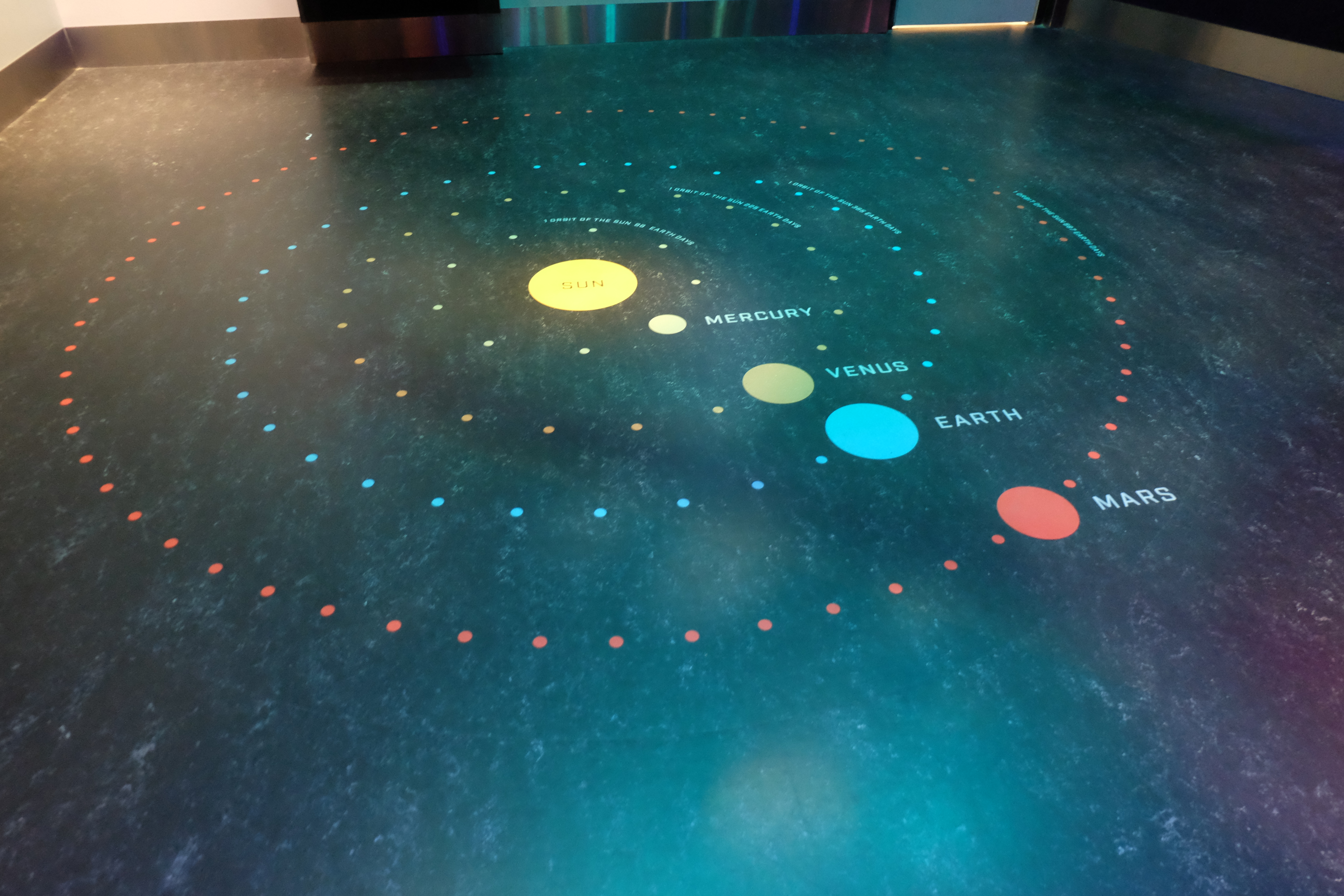
photos courtesy of Denise Dewhurst



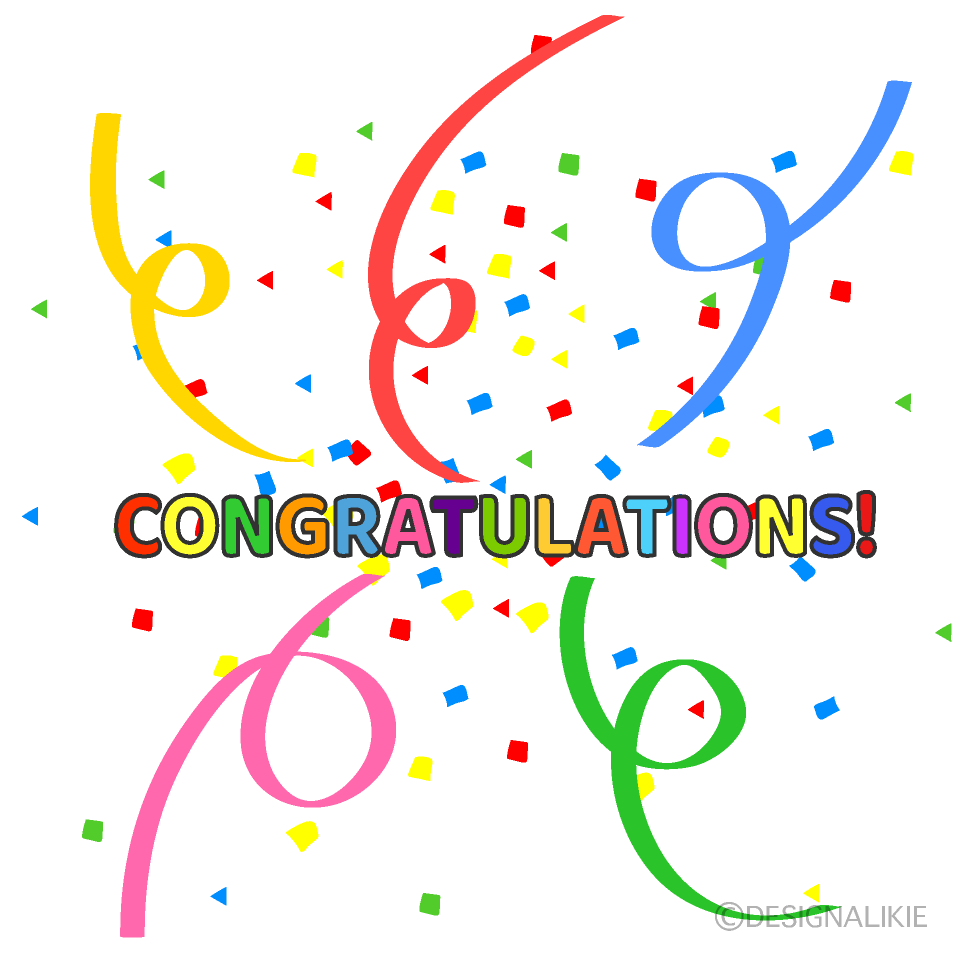
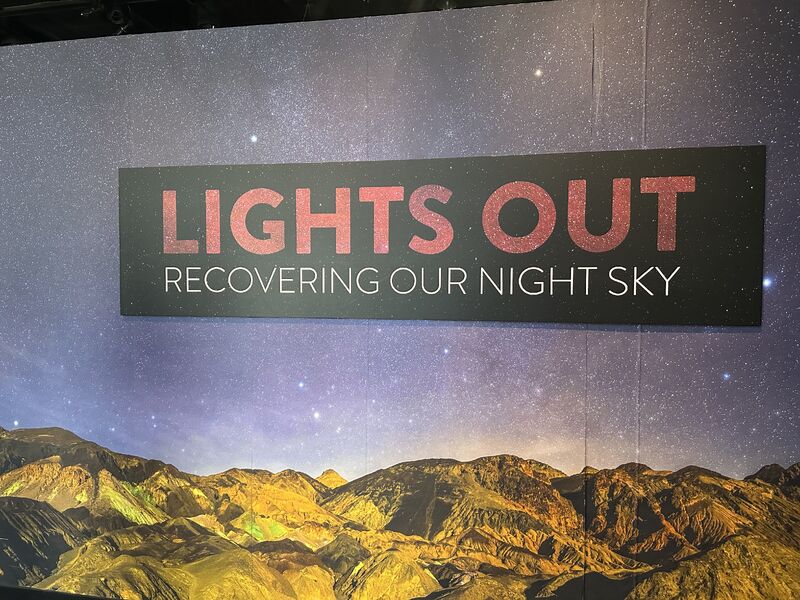
This Post Has 0 Comments